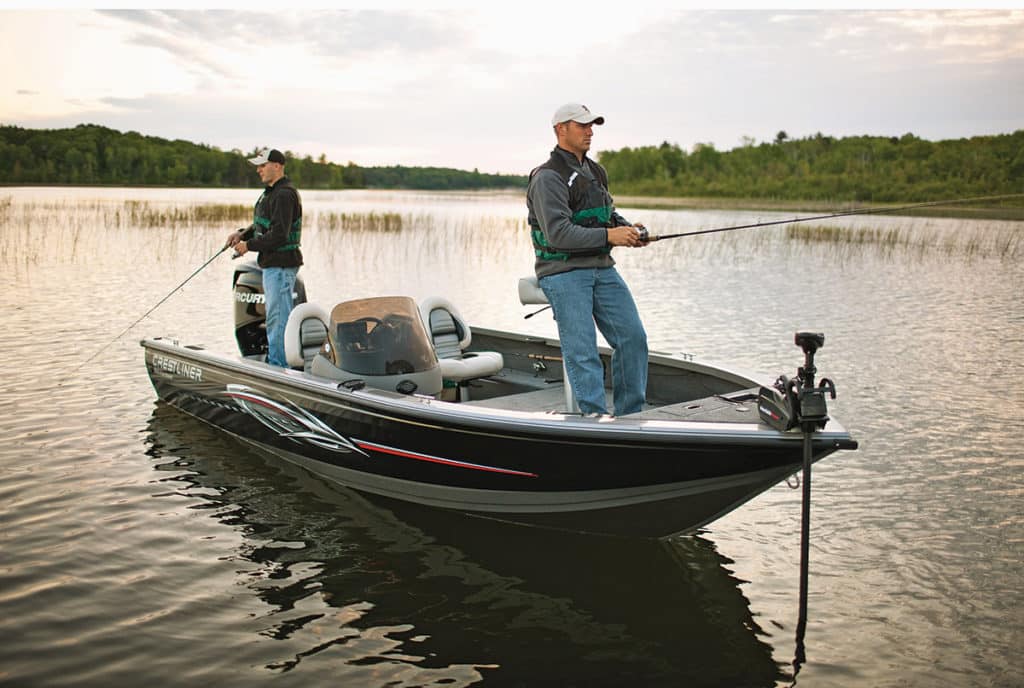
Whether it’s a smallmouth bass on an inland river or a yellowfin tuna 30 miles offshore, few thrills in fishing equal the strike of a fish hitting a cast lure. But casting requires more space and caution than other angling techniques. Here are four tips to ensure your boat, your tackle and especially your crew stay safe when multiple anglers cast lures from the tight confines of a boat.
Backcast
I once had a 4/0 Siwash embedded in my back by an angler who didn’t watch his backcast. Some other casting casualties include a cracked windshield, broken rod tips and the need to replace one brand-new VHF antenna. Anglers need enough clear, open air behind them so that it is safe to cast. Have them do a slow-motion dry run with the rod to find their “backcast alley.”
Handedness
If casting toward fish from the starboard side, position a right-handed angler at the transom and a left-handed angler at the bow. Doing so ensures that the sweep of both rods will occur over the water, where the rods cannot strike the boat’s top or a fellow crew member. The handedness of your crew determines how you set up a drift.
Rotate
With multiple anglers aboard, set up a casting rotation in which one angler casts and then moves “down the rail” to retrieve as soon as her lure hits the water. At that moment, the next angler slides into position, casts and moves down the rail. And so on. Rotation allows multiple anglers to cast with little loss of effectiveness.
Disarm
Casting and spinning rods are limber. As you run to the grounds or move from spot to spot, vertically stowed rods flex, allowing the hooks from the lures to snare each other, the rods and the line. The time it takes to deal with a tangled mess defeats the effectiveness of run-and-gun fishing. Secure lures low on stowed rods.









